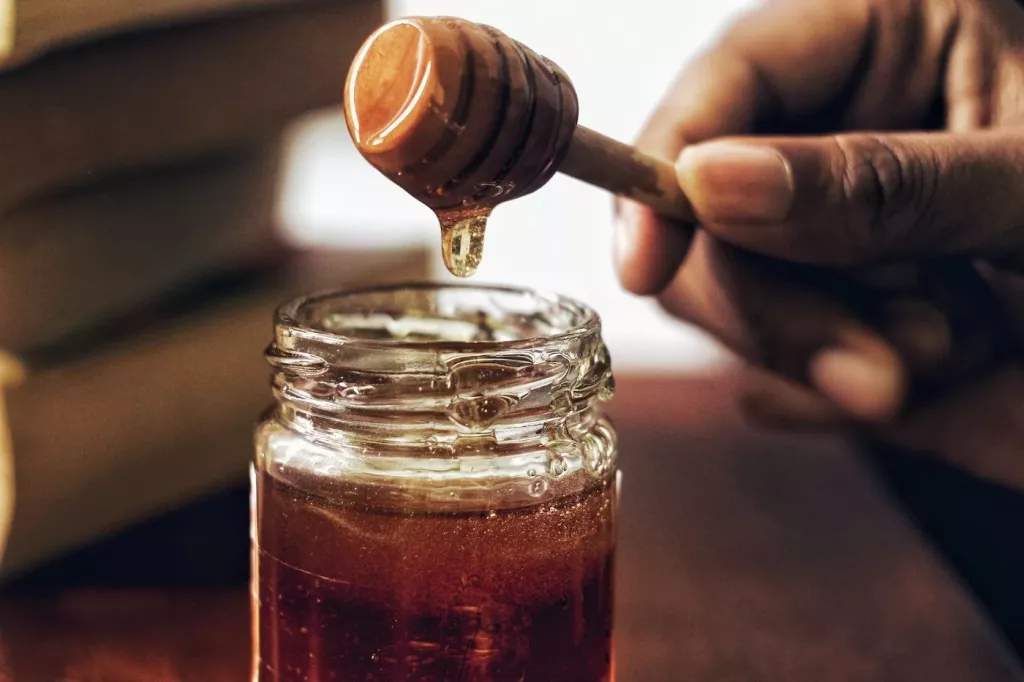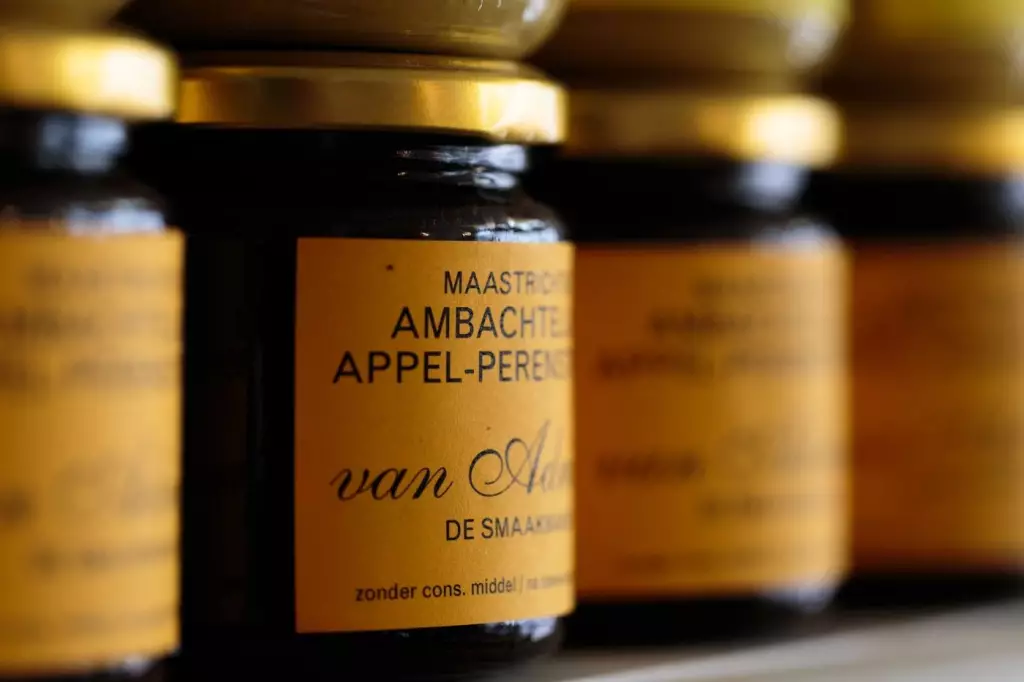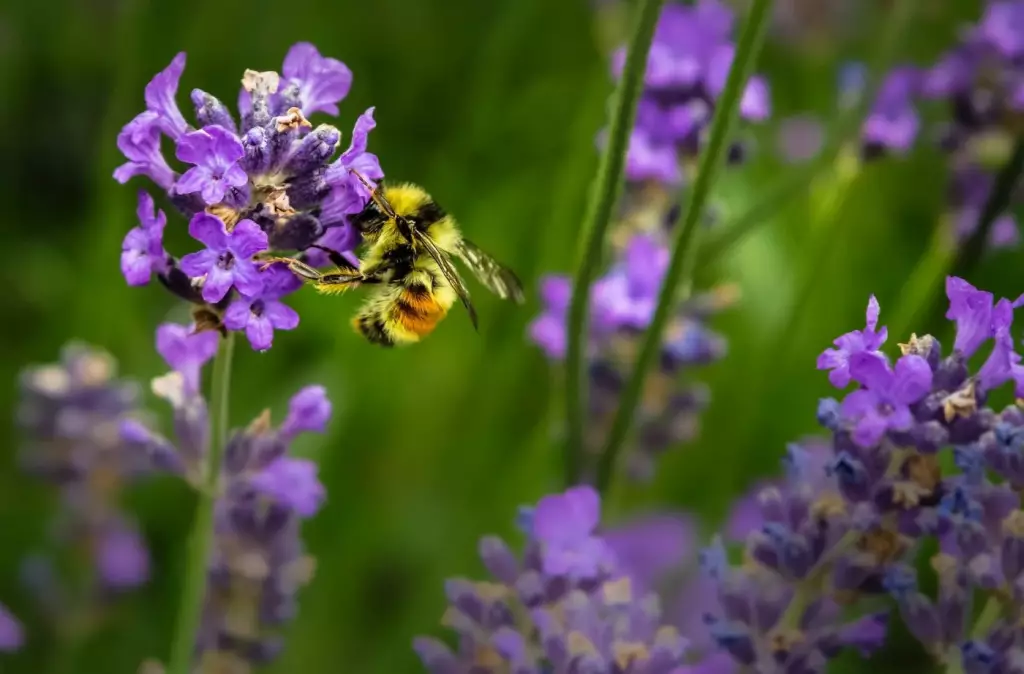How Many Jars of Honey Does a Hive Produce?
When we talk about the amount of honey production of a beehive, the first thing that comes to mind is how many pounds since this is the rule of thumb measurement for honey produce, but whenever we go to grocery aisles to buy honey, we would usually see them filled in jars. This can get you to think, how many bees are needed to fill up a jar with honey? Or more so, how many jars of honey can one beehive produce?
A single hive can produce an average of 30 – 60 individual jars of honey. A jar of honey weighs about one pound and the average amount of honey produced by a hive is around 30 – 60 pounds per year. This translates to 30 – 60 jars of honey in total per hive.
We all know how hardworking bees are, that’s why the term “busy bee” has been coined after them to refer to someone who is so eager and active in fulfilling a job or a role. Bees, although they take a rest, take turns in keeping the hive filled with honey for their nutrition and feeding. If you are interested in knowing the intricate details of how hardworking bees are to produce honey, be ready to be amazed as you continue reading below.
Summary
- One strong and healthy hive can produce an average of 30 – 60 individual jars of honey.
- A jar of honey weighs about one pound.
- To make a jar of honey, a bee needs to fly 90, 000 miles, and have 22, 700 trips, in about 2 million flowers.

On this page:
A Healthy Hive Can Produce as Many as 65 Jars of Honey

Let's start with a single bee. A single bee produces only 1/12th of a teaspoon of honey in its entire lifetime. To make 1 teaspoon of honey, you will need 12 individual bees. So, if a hive contains 50,000 individual bees (divided by 12), you can generate 4, 167 teaspoons of honey.
| Number of bees | Amount of Honey Produced (in teaspoons) |
|---|---|
| 1 bee | 1/12th teaspoon of honey |
| 12 bees | 1 teaspoon of honey |
| 50,000 bees (in one hive) | 4,167 teaspoons of honey |
Now, there are 64 teaspoons of honey in one pound. If you divide 4,167 teaspoons by 64 teaspoons, you will have 65 pounds of honey, and since 1 jar is equivalent to 1 pound, we can deduce that a healthy hive of 50,000 bees in average can produce 65 jars of honey.
| Honey Conversion Table (teaspoons, pounds, and jars) |
|---|
| 64 teaspoons = 1 pound of honey |
| 4,167 teaspoons = 65 pounds of honey |
| 1 pound of honey = 1 jar of honey |
| 65 pounds of honey = 65 jars of honey |
If you want to see how many bees worked hard to make that 1 jar of honey that you got from the grocery shelf, the better way to compute is as follows:
| How many bees constitute to 1 jar of honey? |
|---|
| 1 jar of honey = 1 pound of honey |
| 1 pound of honey = 64 teaspoons |
| 1 teaspoon of honey: 12 bees |
| 12 individual bees x 64 (teaspoons) = 768 individual bees worked altogether to produce 1 jar of honey |
In the real setup, it would most likely take more bees than we could imagine just to create one jar of honey. With some bees on the groundwork of the actual making process, and some acting as collectors of pollen and nectar from flowers, while some are preparing the other raw materials needed to complete the honey production.
The numbers above are based on hypothetical settings should all conditions be met. External factors such as the local flora, the placement of the hive, the weather conditions, and of course, internal factors such as how much honey energy is being used up to fuel the flight of the bees each time they take trips, should all be considered when making calculations.
Bees Need to Tap 2 Million Flowers for 1 Jar of Honey

Flowers are the most crucial part of honey production. It is the flowers with which the bees get sources like nectar and pollen to make honey. Without these blooms, there would be no honey. As a matter of fact, during spring, a decrease in honey production has been noted since there are no flowers for the bees to forage.
Bees must be able to tap in about 2 million flowers to produce 1 jar of honey. Of course, that is possible for bees since they work in colonies of tens of thousands!
How Many Jars of Honey Does a Beehive Produce Per Day, Month, Year?
A healthy hive with a strong swarm of bees can make 2 to 5 pounds or jars of honey in a day. Given that all conditions are perfect, a healthy hive can produce between 50 to 100 pounds (50 to 100 jars) of honey annually. Monthly production of honey, however, is dependent on weather conditions. During June or July, when the weather is warm enough for flowers to bloom, bees can produce 22 to 30 pounds of honey, equivalent to 22- 30 jars.
A Bee Flies 90,000 Miles For 1 Jar of Honey
Bees can travel as far as 4 miles to garner nectar and pollen from flowers. To fill up one jar of honey, bees need to travel for up to 90,000 miles or at least 3 times around the world, rummaging from flowers to flowers.
The amount of effort these little hard workers are doing to make honey for their colony is certainly amazing. The next time someone calls you a busy bee, you better be proud of it!
A Bee Must Fly 22,700 Times To Make 1 Jar of Honey
In a single trip, a bee can only carry 0.02 grams of honey. Now, a jar of honey typically weighs 454 grams on average. If we want to know how many trips a single bee (carrying 0.02 grams honey) must make to fill a 454-gram Jar of honey, we divide 454 grams by 0.02 grams, and it will give us 22,700 .
Therefore, 22,700 trips are required for bees to make to fill a jar of honey.
So, maybe, on your next honey shopping in the grocery, let's be more appreciative that we get to have a taste of how amazing nature creations really are!